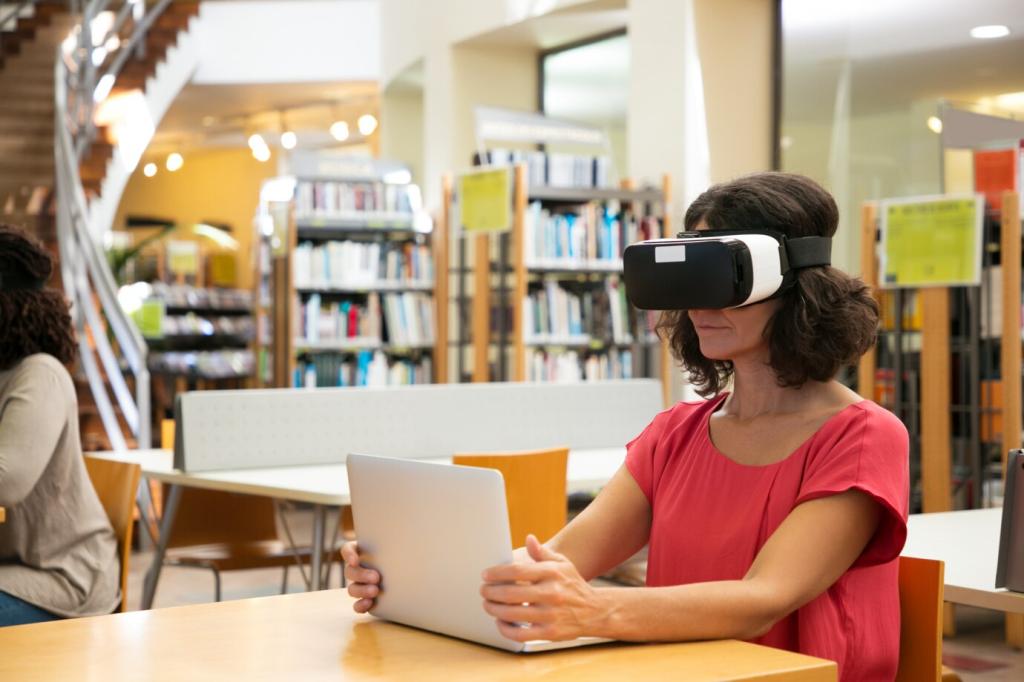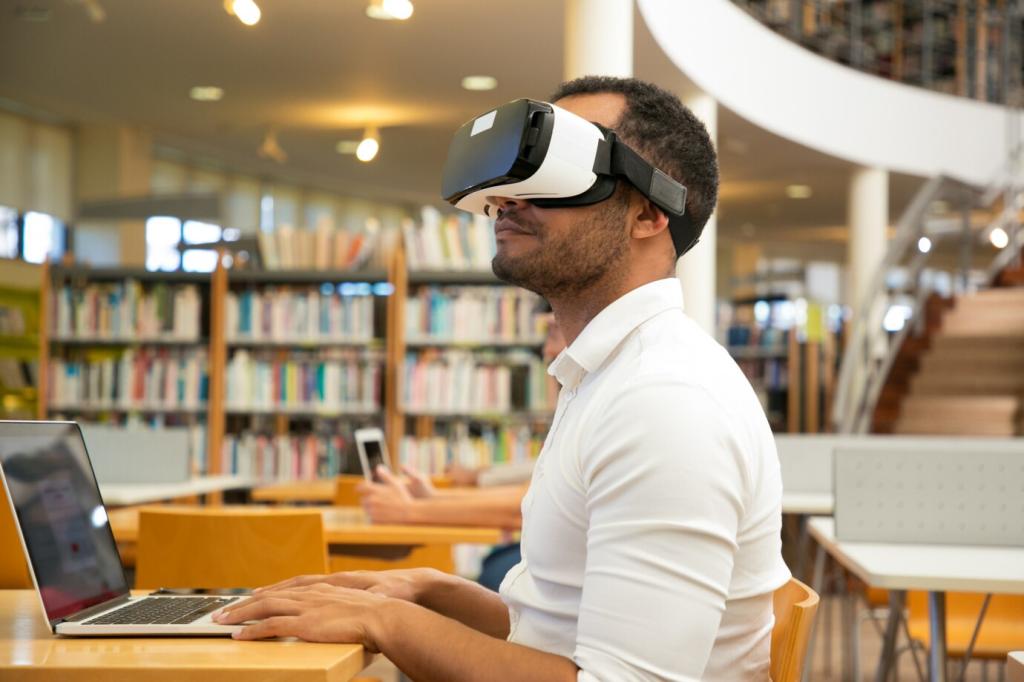Facilitating in Virtual Spaces
Agree on interaction signals, turn-taking, and a shared mission before entering VR or AR. Assign roles like Navigator, Recorder, and Questioner. Comment with norms you use to keep sessions respectful and productive.
Facilitating in Virtual Spaces
Use voice channels, pinned prompts, or lightweight chat to keep learners oriented. Provide an anchor map or objective list that is always visible. Share your favorite techniques for guiding attention without breaking flow.




